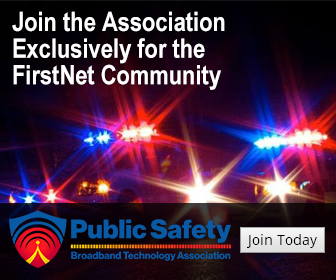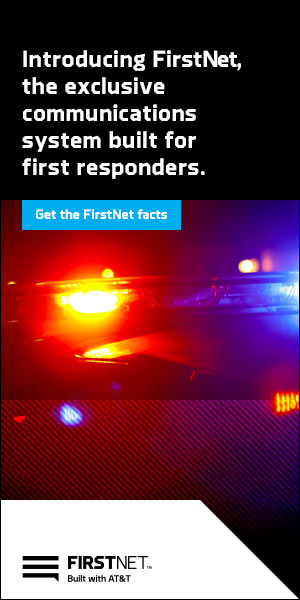by AllThingsECC.com | Apr 12, 2025 | Comm Center News
During the week of April 13 through April 19, Deschutes County will be celebrating National Public Safety Telecommunicators Week (NPSTW) to raise awareness of the invaluable work done by Deschutes 9-1-1, 24 hours a day, seven days a week.
READ FULL ARTICLE
by AllThingsECC.com | Apr 12, 2025 | Comm Center News
We seem to always focus on those resources that respond to the scene with the lights and sirens, but we often forget about the Dispatchers who are the first ones to get the call and often try to make sense out of frantic voices on the other end of the line. Without the skills of the Public Safety Telecommunicator, none of the subsequent efforts would be possible.
READ FULL ARTICLE
by AllThingsECC.com | Apr 12, 2025 | Comm Center News
If you know any of these individuals or Telecommunicators from another agency, reach out to them and tell them how much you appreciate the work they do. The services we provide to the citizens of Waushara County could not be provided without these hardworking individuals.
READ FULL ARTICLE
by AllThingsECC.com | Apr 11, 2025 | Comm Center News
Each April, agencies across the country take time to honor the unsung heroes of emergency response during National Public Safety Telecommunicators Week. This year, from April 13th to 19th, Marshall County joins communities nationwide in recognizing the dedication, skill, and commitment of our 911 Communications Specialists and Leadership staff. These individuals are often referred to as the Nation’s true “First, First Responders,” and for good reason. They are the calm in the chaos, the guiding voice in our darkest moments, and the critical link between crisis and response.
by AllThingsECC.com | Apr 10, 2025 | Comm Center News
As the director of communications for the Newtown Emergency Communications Center, I am honored to submit this letter to The Bee on behalf of my staff for National Telecommunications Week (April 13 to 19).
We are nine strong with two per diems, covering shifts 24 hours a day, seven days a week, 365 days a year, during storms, holidays, you name it, we show up for you. I try to remember to honor staff with luminaires at Ram Pasture and these yearly letters. I do it because Public Safety Telecommunicators (PSTs) are the unsung voices heard in the dark on your worst day.
by AllThingsECC.com | Apr 10, 2025 | Comm Center News
DOWNTOWN AKRON — Summit County Council April 7 discussed using artificial intelligence (AI) to process non-emergency calls for various county public safety answering points (PSAP).
Public Safety Director Lori Pesci said the AI-generated call answering system will be used at the Summit Emergency Communications Center, as well as in Akron, Bath, Hudson and at the South Summit Dispatch Center.


